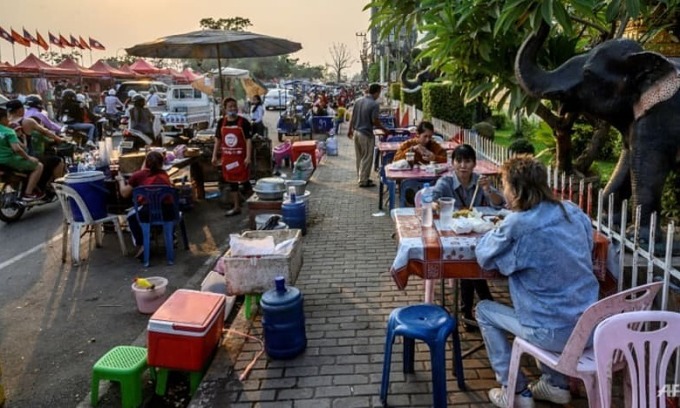Why was Hoi An a center of international trade on the commercial East-West ?
Traveling to Hoi An - The city has 9 wards, 3
villages in the mainland, 1 village in island. Mainly, residents of
three villages in the mainland are farming and fishing, some village has
craft such as: woodworking, making pottery, making brassware,etc.
"Tan Hiep village" is in island, it has the natural area of about 15 square kilometers, including seven islands, the terrain on the island is mostly mountainous and Cu Lao Cham island is the biggest where has Salanganes'Nest specialty. Hoi An has also 7 kilometers of beach, Cua Dai beach is one of clean beaches of Hoi An in particular and Viet Nam in general.

From the 16th to 19th centuries, Hoi An was
a center of international trade on the commercial East-West, it was the
most prosperous of Dang Trong land - VietNam during the reign of the
Nguyen lords. It was famous for merchant ships from Japan, China,
Portugal, Spain, Dutch,etc came here to exchange and trade goods.
In the history of formation and development, Hoi An was known under many different names and the most common are: Faifo, Haisfo, Hoai Street, Ketchem, Cotam. The archaeological sites and artifacts, architectural remains have proved Hoi An is a convergence, the crossroads of many cultures: Cham, Vietnamese, Chinese, Japanese,etc which is most influenced the culture of Vietnam and China.
In the history of formation and development, Hoi An was known under many different names and the most common are: Faifo, Haisfo, Hoai Street, Ketchem, Cotam. The archaeological sites and artifacts, architectural remains have proved Hoi An is a convergence, the crossroads of many cultures: Cham, Vietnamese, Chinese, Japanese,etc which is most influenced the culture of Vietnam and China.

Old town reflected into the Hoai River
So
far, Hoi An old town has preserved almost intact relics of ancient
architecture consists of several buildings, assembly halls, temples,
shrines, wells, bridges, church groups, ports, markets. .. and narrow
streets run horizontal and vertical form-style squares of the
chessboard. Landscape of Hoi An's streets are an ancient moss color as a
vivid picture. The existence of a metropolis such as Hoi An is the only
case in Vietnam and also rare in the world. This is seen as a living
museum of architecture and urban lifestyle.

Chua cau (Bridge Pagoda) is one of the characteristic monuments in Hoi An.

A tailor shop is in an old house
In addition to the cultural values through diverse architecture, Hoi
An also keep an intangible cultural background which is quite bulky.
Daily life of the inhabitants of the customs, religious activities, folk
art, cultural festivals are being preserved and promoted along with the
romantic landscape, the traditional villages, specialty dishes,etc
making Hoi An increasingly becoming an attractive destination of visitors from everywhere

Famous silk of Hoi An

Brilliant shimmering lanterns

Unforgettable "Cao lau" dishes
Everywhere in Hoi
An, you will also encounter friendly eyes, the smile of the people as
the host welcomes guests. They welcome visitors, invited guests to buy
souvenir items very polite and courteous. Absolutely not unsettled,
begging or clinging to tourists.
Sitting
on right outside in the midday, you will witness the daily life of
people here: fruit vendors, boys and girls are cycling after school
hours or workers are cleaning up the town. You will feel life is simple
and peaceful in Hoi An
According
to statistics, up to now, Hoi An has 1360 relics and scenic spots.
Particularly, the relics are classified into 11 categories, including:
1,068 ancient houses, 19 pagodas, 43 temples of gods, 23 communal
houses, 38 church groups, 5 assembly halls, 11 old wells, one bridge, 44
ancient tombs. In the old urban area has 1100 monuments.
Source: aroundvn.com
Huong Viet Travel - Vietnam Travel Packages - Vietnam Visa Service



Nhận xét
Đăng nhận xét